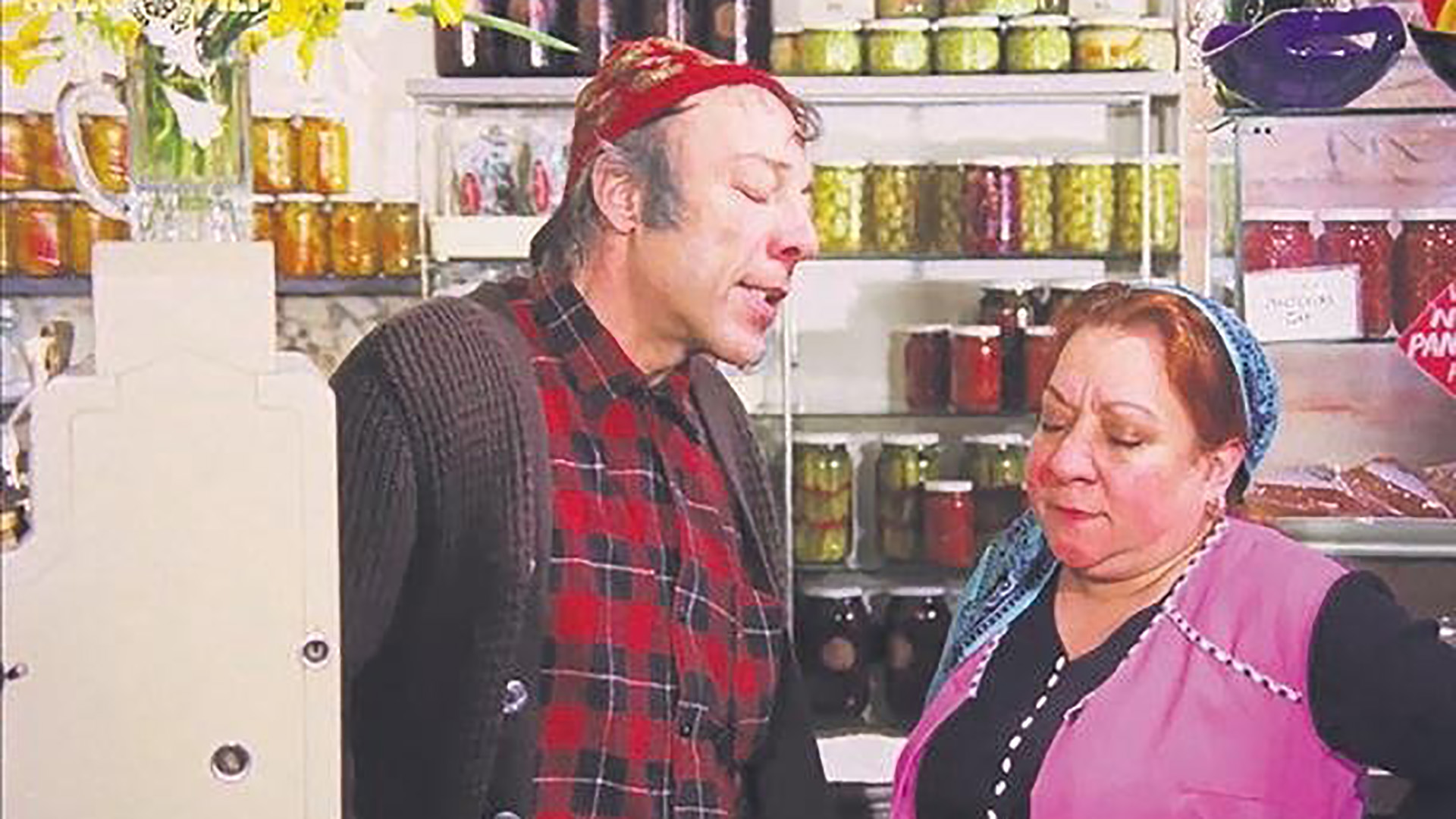Lemon Or Vinegar?
The special flavors of each country and each region have left deep traces in our souls. When you think of Italy, you think of pizza, when you think of Germany, sausage, when you think of Mexico, tacos, and when you say Argentina, barbecue, this list goes on and on. Turkey is perhaps one of the countries that has the best chance in terms of tastes.
Different civilizations and cultures that lived in Anatolia for centuries have left an incredible gastronomic culture as a legacy. These civilizations, which have left their mark on the human spirit with different tastes, have also taken their place in the world cuisine.
.jpg)
There is a flavor made from very different products that is loved all over the world, and if we ask whether it is lemon or vinegar, we can immediately answer it… pickles. Now is the time to consume full pickles. Tight textured fruits are more suitable for pickling. Vegetables that can be pickled include cucumber, cabbage, pepper, green tomato, sloe, acurd, beetroot, quince and apple. Ingredients such as bay leaf, unground black pepper, lemon, garlic, dill and parsley are placed in the container where the pickle is set, to give aroma. Pickling materials are placed by pressing into 5-10% salt solution and the lactic fermentation process begins. The sugar in vegetables and fruits turns into lactic acid at a temperature of 10-23°C, usually within a few weeks. Chemicals to accelerate fermentation can be used. The acidity of the resulting solution is around 1%. During the fermentation, the brine solution prevents the growth of unwanted organisms. The pickles produced in the enterprises are divided into two as autoclave pickles and fermentation pickles. Just like in canned production, autoclave pickles are obtained by washing and sorting the vegetables, filling them with a filling liquid containing salt, vinegar and garlic, closing them and applying heat treatment. Fermentation pickles, on the other hand, are obtained by filling the pickles, which were previously made in large-volume barrels in accordance with the technique, into smaller packages and applying heat treatment, after the taste balance is established in the product.
Pickling is the process of keeping various vegetables and fruits in a salty, acidic solution called brine for a long time to be stored. In general, it is an important part of winter preparation in rural areas. The resulting product is called pickle. For the first time in the archaic culture, it was installed in large-sized earthen cubes. Although it is seen that it was carried and stored in wooden containers in ancient times, when it was started to be used as a commercial product, earthenware containers were always preferred because of the reactions of wood and acid. Today, such earthenware containers have been replaced by plastic, glass jars, and stainless tin containers.
.jpg)
Plastic bins attract us with their colorful pickles in magnificence. Plastic drums are produced from plastic raw materials that do not harm human health. Plastic drums are produced as transparent or colored. In addition to cans, pickle factories use large plastic barrels.
The vegetables and fruits that make up the pickle contain many vitamins, minerals and antioxidants that strengthen the immune system. Consuming pickles of different vegetables rather than a single type of pickle provides more benefits as it increases the variety of antioxidants taken into the body. For example, as an antioxidant type, you can obtain polyphenols and betalain from pickled beetroot and glucosinolate from sauerkraut and create a shield against colds in winter days with its high antioxidant variety and capacity.
Whether you consume it to avoid getting sick or as a perfect aperitif with meals, be careful with your blood pressure.



